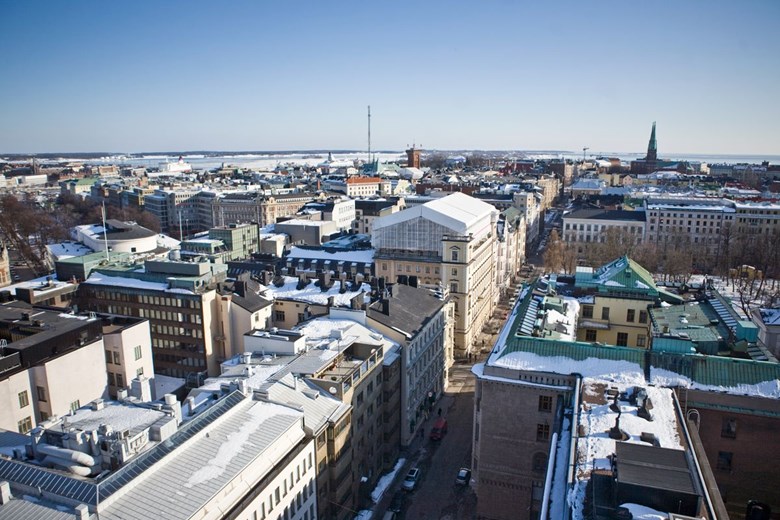Air quality in the Helsinki metropolitan area and elsewhere

The air quality in Finland and the Helsinki metropolitan area is good by international comparisons. According to statistics from the World Health Organisation (WHO), Finland has the best air quality in the world. In Finland, the concentration of fine particles is on average 6 micrograms per cubic metre, which is the lowest country-specific figure in the world. Other countries able to reach almost the same low number include Estonia, Sweden, Canada, Norway and Iceland. According to WHO statistics, the Middle and Far East and Africa have the worst air quality. At the tail end of the list are Uganda, Mongolia, Qatar, India and Cameroon. In the countries with the worst air quality, the concentrations of fine particles are more than ten times higher than in those with the best air quality. When comparing the air quality in different countries, it is also worth noting that the concentration limits of different air quality indexes differ from each other. In addition, the uncertainty of the monitoring data must be taken into account in the comparison. The monitoring data available from some countries is limited, and the quality may not be very reliable.
Finland’s good air quality is explained by its location far from large emission concentrations, relatively small population, advanced emission reduction technology and weather conditions. It is often windy in Finland, and windy weather dilutes pollutants. There is also no strong UV radiation here to produce photochemical pollutants. The air quality in Helsinki and the Helsinki metropolitan area is also generally good compared to the metropolitan areas of other countries. Fine particle concentrations are clearly lower here than in more populous metropolitan areas. Concentrations of thoracic particles have also remained below the EU limit values since 2006, although street dust reduces urban air quality in general, especially in the spring. Nitrogen dioxide concentrations have also decreased rapidly and the annual limit value is not exceed any more even in the busy street canyons of the Helsinki city centre.